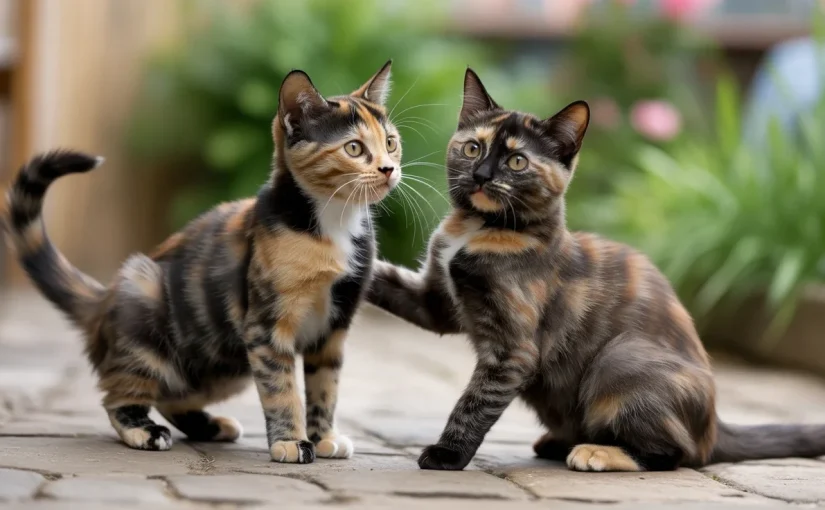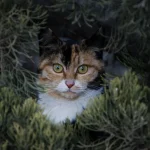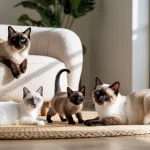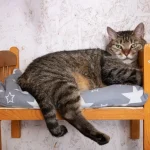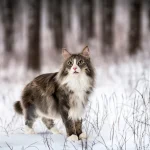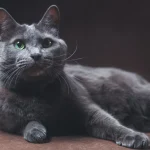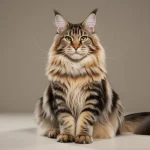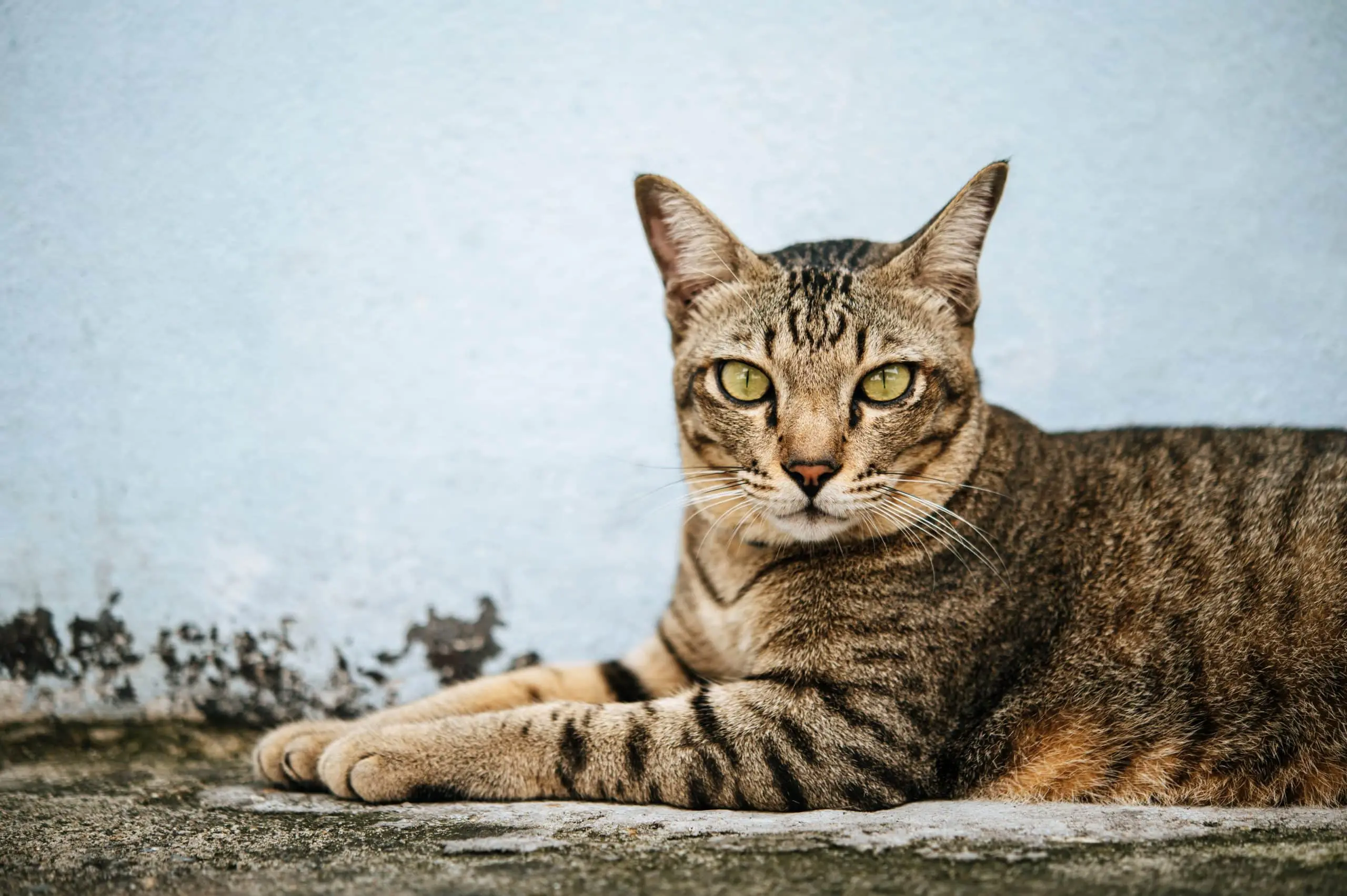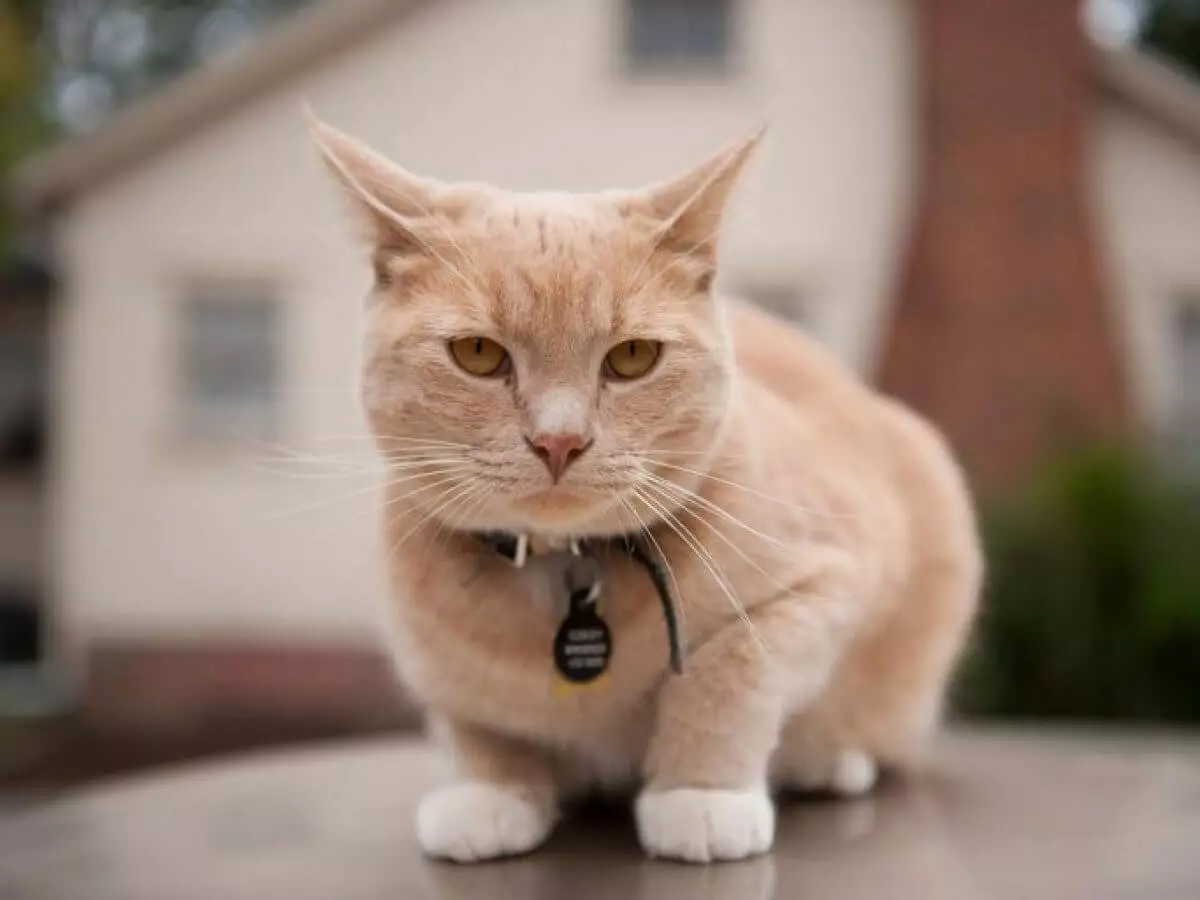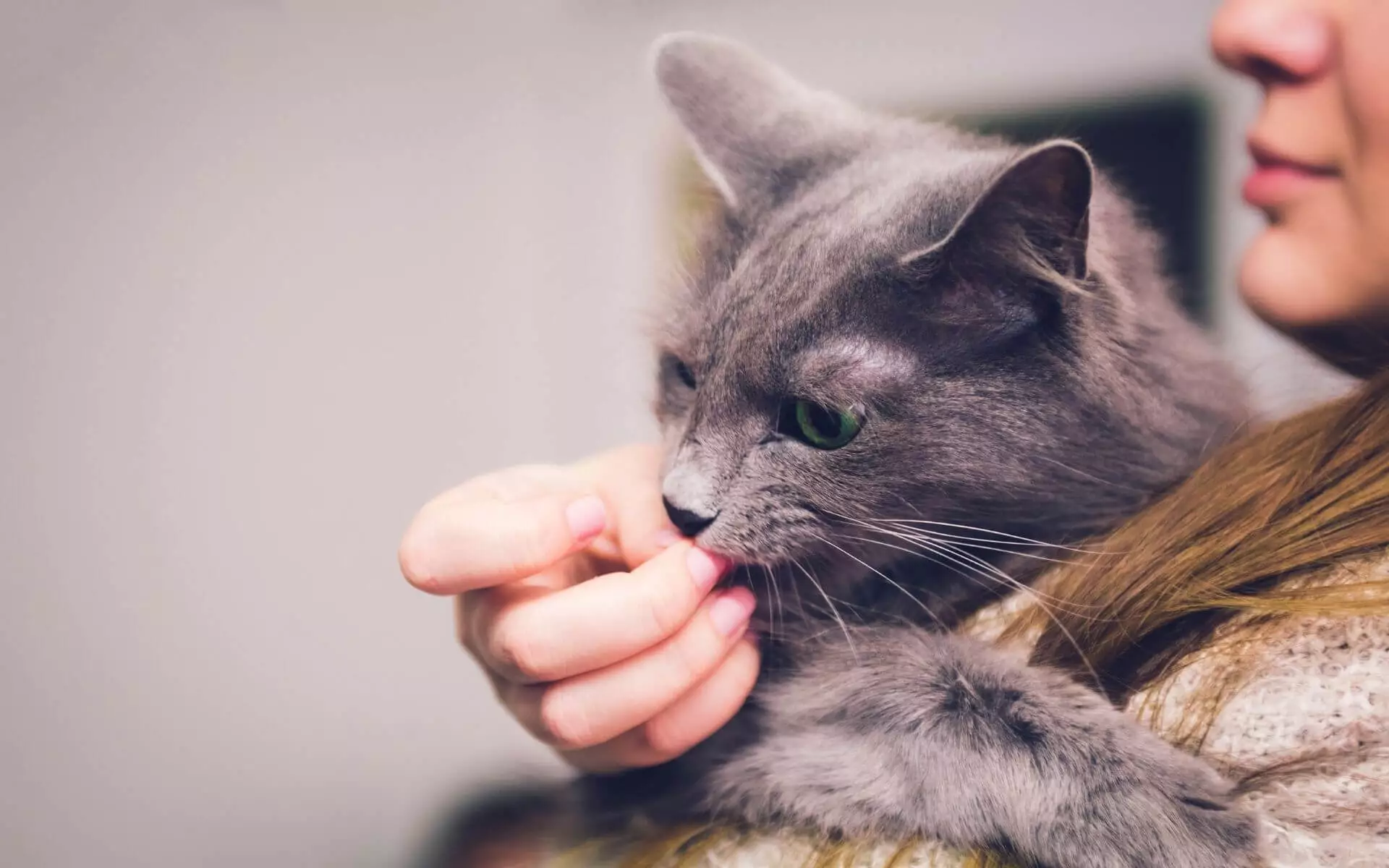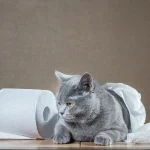Tortoiseshell cats, often affectionately called “torties,” are known for their stunning patchwork coats and bold, spirited nature. These cats have fascinated pet parents for centuries — not just for their looks, but also for their famously strong personalities. In fact, many cat lovers refer to their unique behavior as “tortitude.”
If you’re considering adopting a tortoiseshell cat or you’re already sharing your home with one, this guide will walk you through their personality, care needs, lifespan, genetics, and the quirks that make them unforgettable companions.
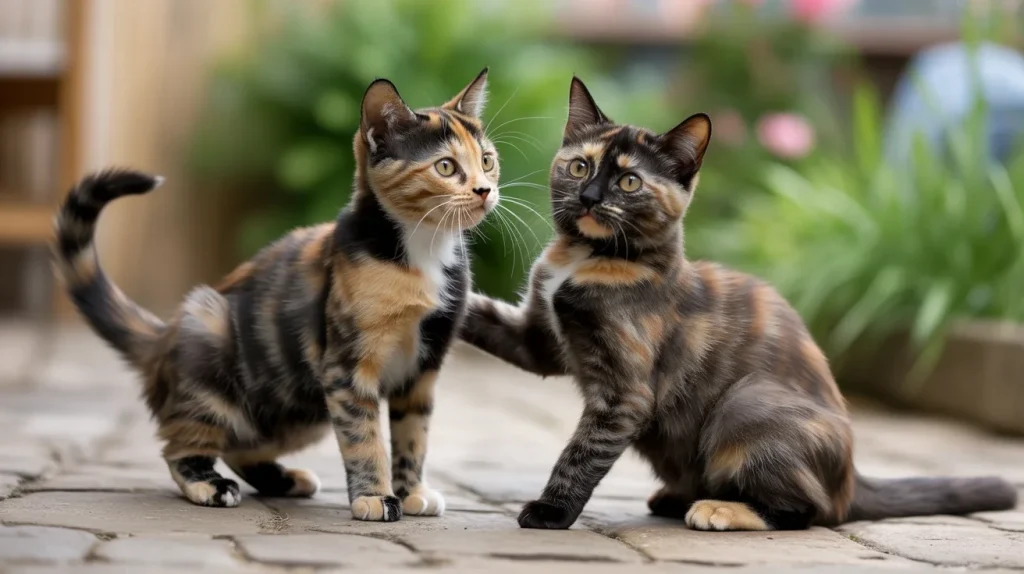
Content
What Is a Tortoiseshell Cat?
A tortoiseshell cat isn’t a breed — it’s a coat color pattern. Their fur blends rich hues of black, orange, red, cream, and sometimes even touches of white, creating a striking mosaic that’s as unique as a fingerprint. No two tortoiseshell-cats look the same.
This coat pattern is primarily linked to genetics on the X chromosome, which is why almost all tortoiseshell-cats are female. Male tortoiseshell-cats are extremely rare and often the result of genetic anomalies. This is part of what makes them so intriguing to cat enthusiasts worldwide.
Tortoiseshell Cat Characteristics
Besides their colorful coats, tortoiseshell cats stand out for their distinct characteristics:
- Highly individual personalities — no two torties behave alike.
- Often independent yet deeply bonded with their favorite human.
- Known to be talkative, with a range of vocalizations.
- Strong-willed and sometimes a bit stubborn.
- Active, curious, and playful well into adulthood.
While each cat is unique, many pet owners agree that “tortitude” is a real phenomenon.
Personality & Temperament
The tortoiseshell cat personality is often described as sassy, bold, and affectionate on their own terms. They may cuddle with you one moment and decide they want their space the next. This unpredictability is part of their charm.
When it comes to tortoiseshell cat temperament, expect a blend of independence and affection. They often develop strong attachments to one or two family members. Some may be shy with strangers but show endless loyalty to their chosen humans.
Caring for Your Tortoiseshell-Cat
Although their coat pattern doesn’t change their care needs drastically, there are some general tortoiseshell-cat care tips to keep them healthy and happy:
- Balanced Diet: Feed high-quality cat food to maintain weight and support long-term health.
- Regular Vet Visits: Annual check-ups help monitor dental health, weight, and prevent issues.
- Play & Enrichment: Provide toys, scratching posts, and climbing areas to keep them mentally stimulated.
- Respect Boundaries: Torties often have strong personalities. Learn their cues to avoid overstimulation.
- Bonding Time: Dedicate one-on-one time daily, whether through play or quiet companionship.
Because of their strong-willed nature, training with positive reinforcement works best. A clicker and treats can do wonders for channeling their energy into fun activities.
Read More About: Maine Coon Cat
Behavior in Everyday Life
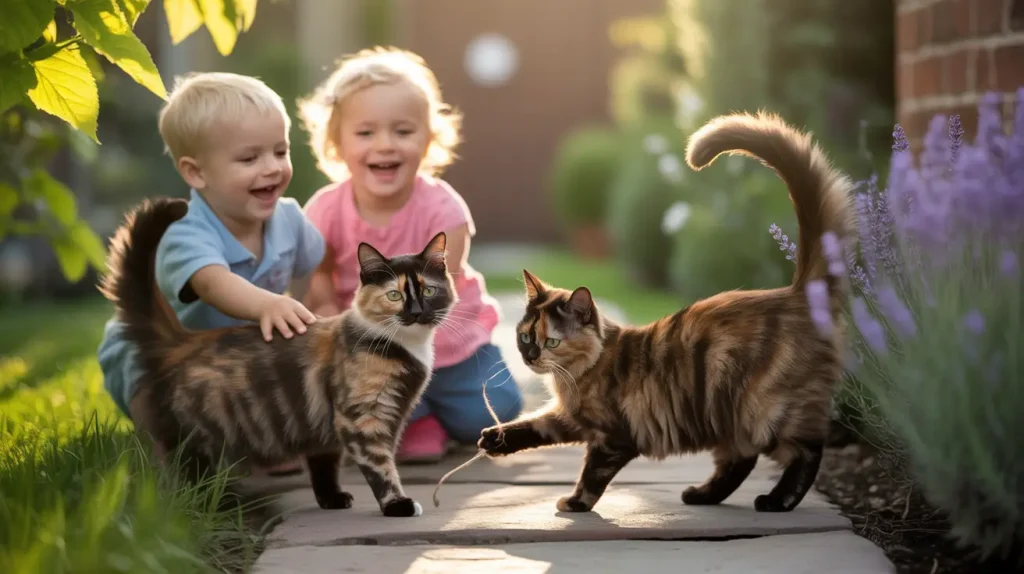
Because of their spirited nature, tortoiseshell cat behavior can sometimes surprise new pet owners. They may display sudden bursts of energy, chasing toys or zooming around the house. Other times, they might demand attention with a firm paw tap or vocal meow.
Socialization plays a big role in shaping their behavior. Early positive exposure to people, other cats, and environments helps balance their natural sassiness with confidence.
Lifespan & Health
On average, the tortoiseshell cat lifespan ranges from 12 to 16 years, though some live well into their late teens with proper care.
They’re not predisposed to health issues just because of their coat pattern. Instead, their overall health depends more on breed type, lifestyle, and genetics. Keep an eye on:
- Weight management — Torties can be prone to obesity if overfed.
- Dental care — Regular cleanings help prevent disease.
- Parasite prevention — Flea, tick, and worm control are essential for all cats.
Genetics: Why So Unique?
The beautiful patterns seen in tortoiseshell cats are the result of tortoiseshell cat genetics linked to the X chromosome. Because females have two X chromosomes, they can inherit both black and orange fur genes, creating the mottled coat.
Male torties are rare because they would need an extra X chromosome (XXY), a condition that often makes them sterile. This explains why nearly every tortoiseshell cat you’ll meet is female.
Fun Facts About Tortoiseshell Cats
- Nearly all torties are female (about 99%).
- Male torties occur in about 1 in 3,000 births.
- They’re often associated with good luck in folklore, especially in Japanese and Celtic cultures.
- “Tortitude” is not just a myth — countless owners report spirited, confident personalities.
- No two tortoiseshell cats have the same coat pattern.
Real-Life Case Study: Bella the Rescue Tortie
A few years ago, I fostered Bella, a 3-year-old tortoiseshell cat rescued from a shelter. At first, Bella was timid and spent most of her time hiding under the bed. But within two weeks, her tortoiseshell cat temperament began to shine through.
She became extremely vocal — meowing whenever I prepared her meals — and she loved chasing feather toys at night. Interestingly, Bella formed a strong bond with my niece but remained distant with most other family members. This is a perfect example of how torties often choose “their person.”
With patience, consistent playtime, and respecting her boundaries, Bella transformed into a confident, affectionate companion. Her story shows that even shy tortoiseshell cats can thrive with love and proper care.
Should You Adopt a Tortoiseshell-Cat?
If you’re looking for a cat with personality, beauty, and independence, a tortoiseshell may be the perfect fit. Just remember:
- Be ready for a strong-willed cat with “tortitude.”
- Provide plenty of enrichment to keep them mentally and physically stimulated.
- Expect a loyal companion who may choose one special family member as their favorite.
Living with a tortie means every day is an adventure.
Conclusion
Tortoiseshell cats are more than just their striking coats — they’re full of sass, affection, and individuality. From their unique tortoiseshell cat characteristics to their spirited personalities, they’re a joy to share your life with.
By understanding their temperament, respecting their quirks, and following essential tortoiseshell cat care tips, you can ensure a long, happy, and healthy life together.
Whether you’re considering adoption or already share your home with a tortie, one thing is certain: life with a tortoiseshell cat is never boring.
Curious about canine nutrition? Read our guide on Are carrots good for dogs? to learn the health benefits and safe feeding tips.
FAQs
What is special about a tortie cat?
Their unique mosaic coats and bold “tortitude” personality make them stand out from other cats.
What is the difference between tortoiseshell and calico cats?
Calicos have white patches with orange and black, while tortoiseshell-cats have a blended, mottled mix of colors.
Is a tortoiseshell cat rare?
Female torties are common, but male tortoiseshell-cats are extremely rare due to genetic conditions.
Do tortoiseshell cats meow a lot?
Yes, many tortoiseshell-cats are quite vocal, using meows and sounds to express their strong personalities.

Meet Max, the dog’s best friend. He’s a pup-loving pro, sharing tips on training, grooming, and adventures with our four-legged companions.

